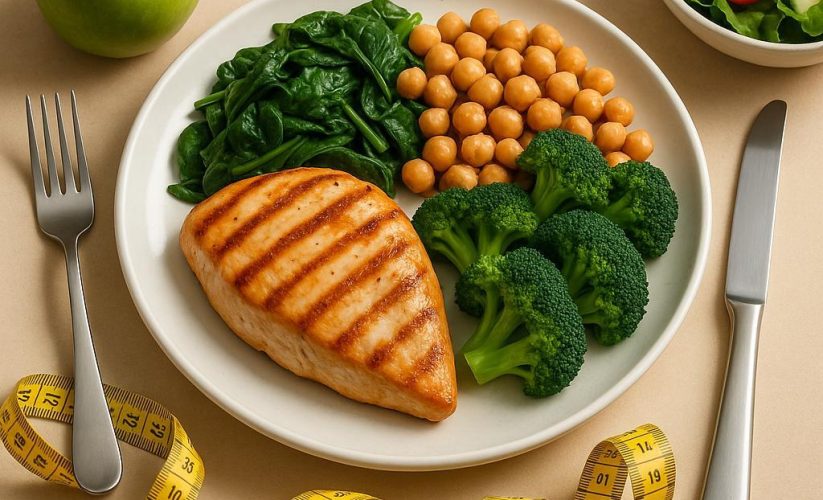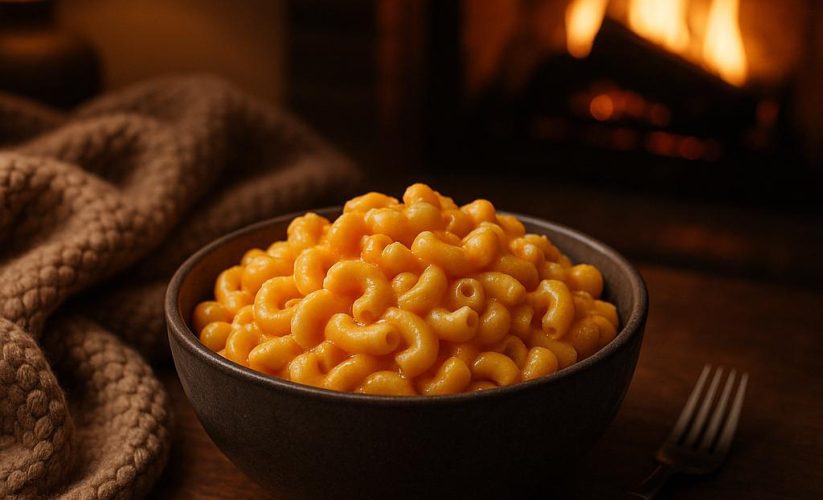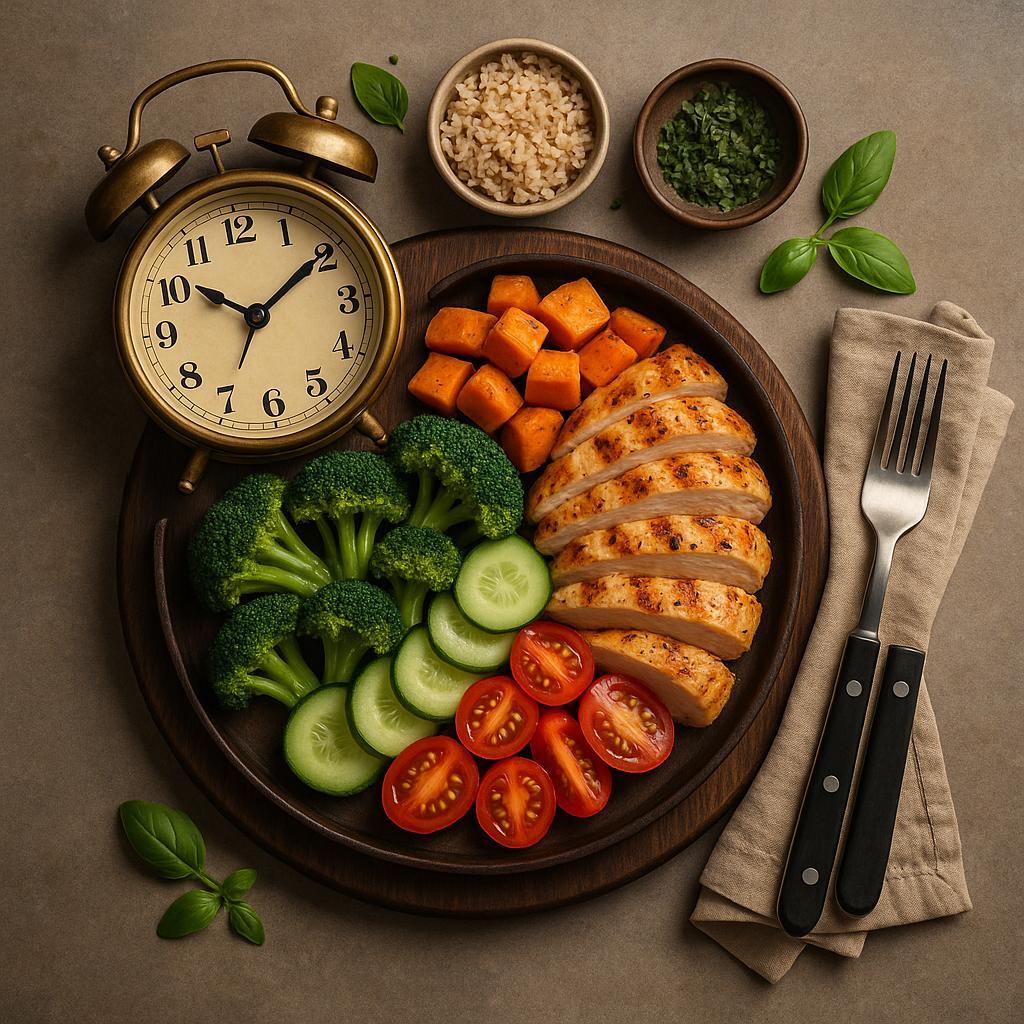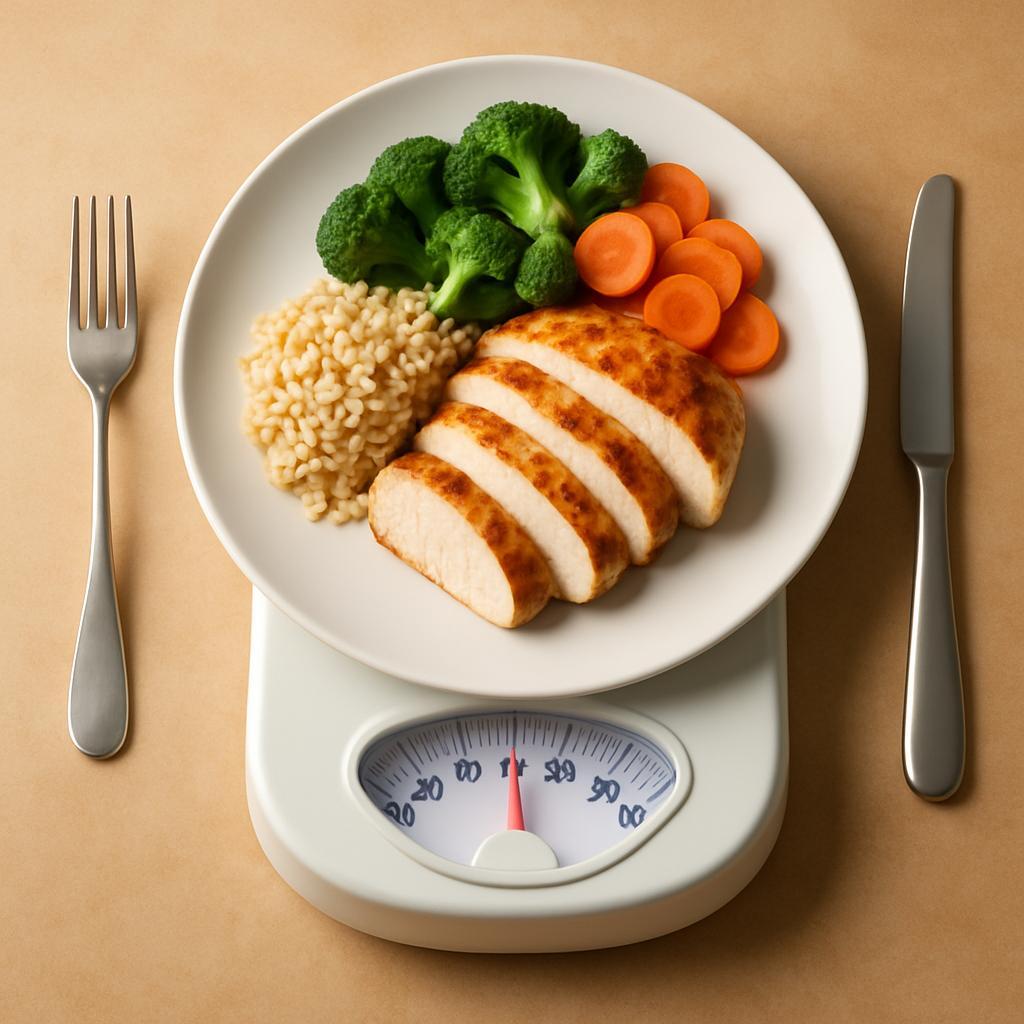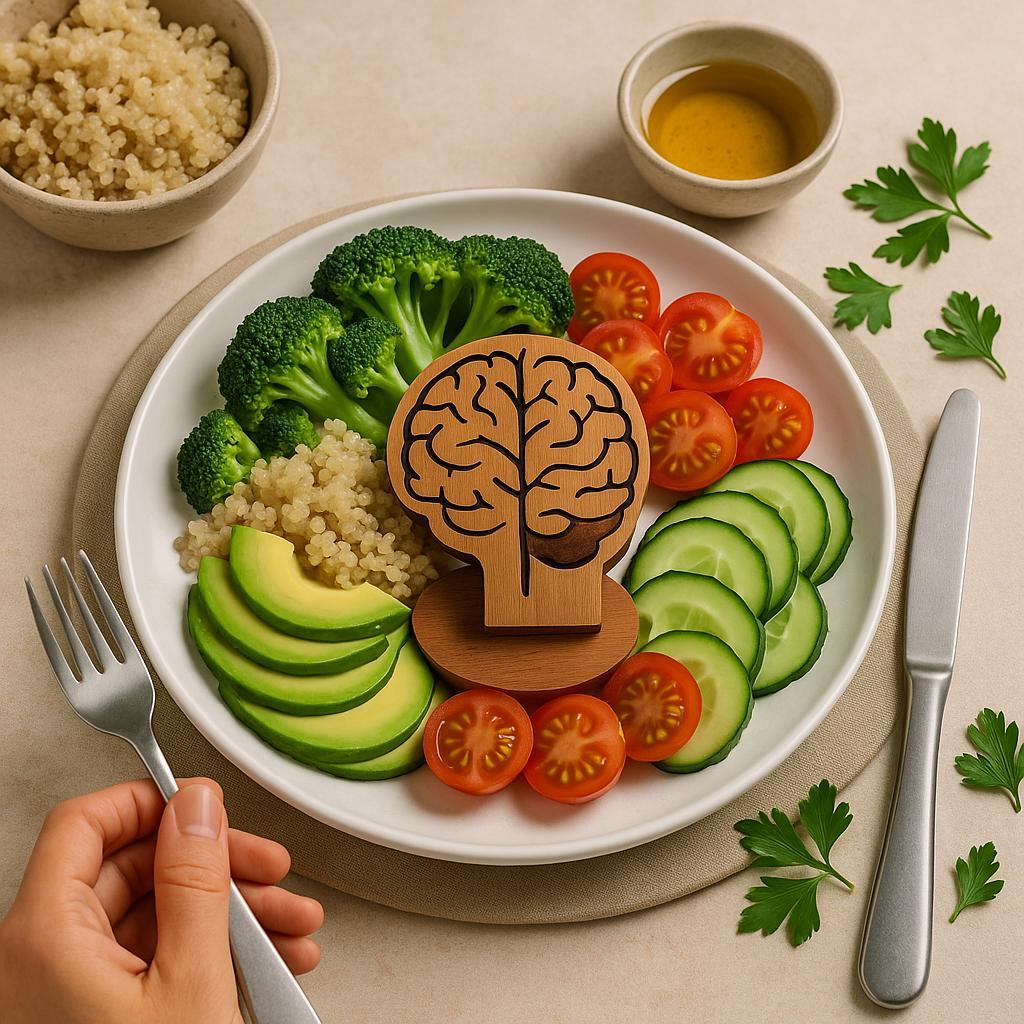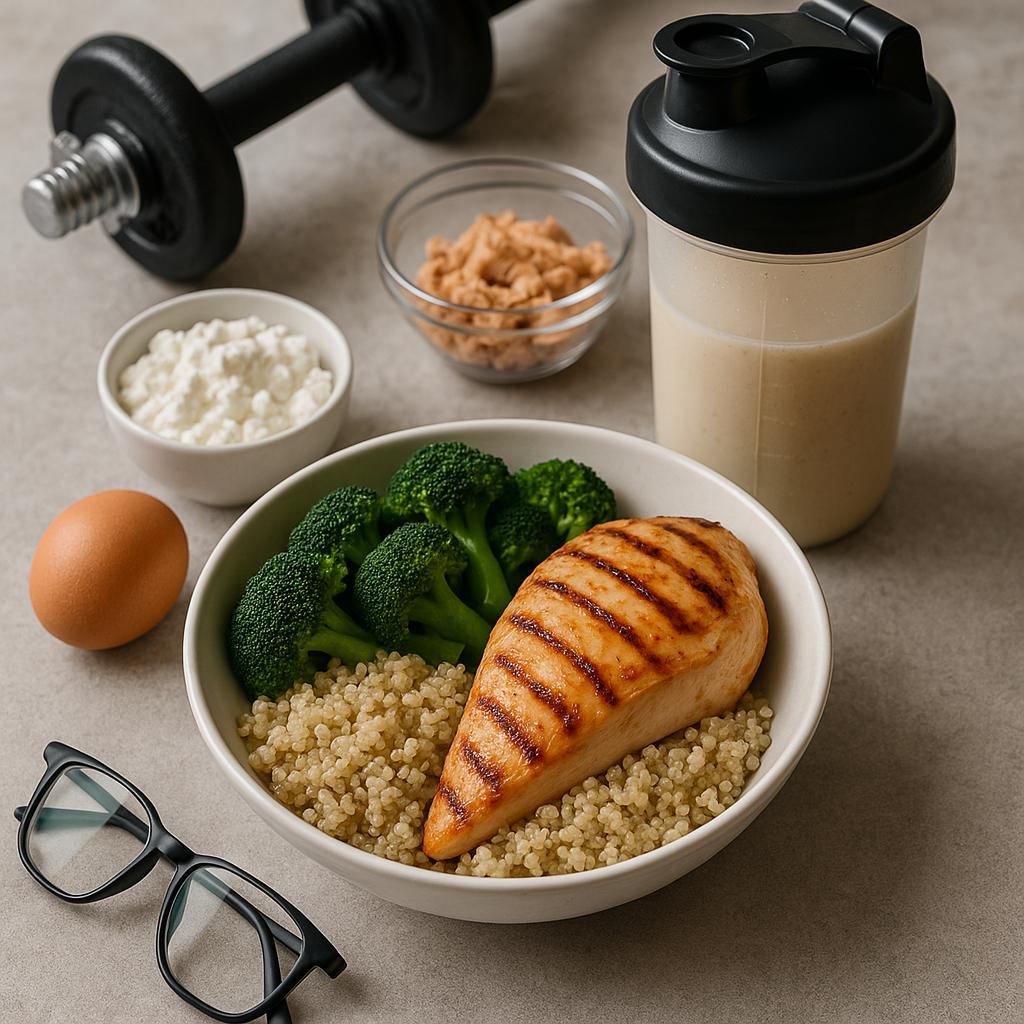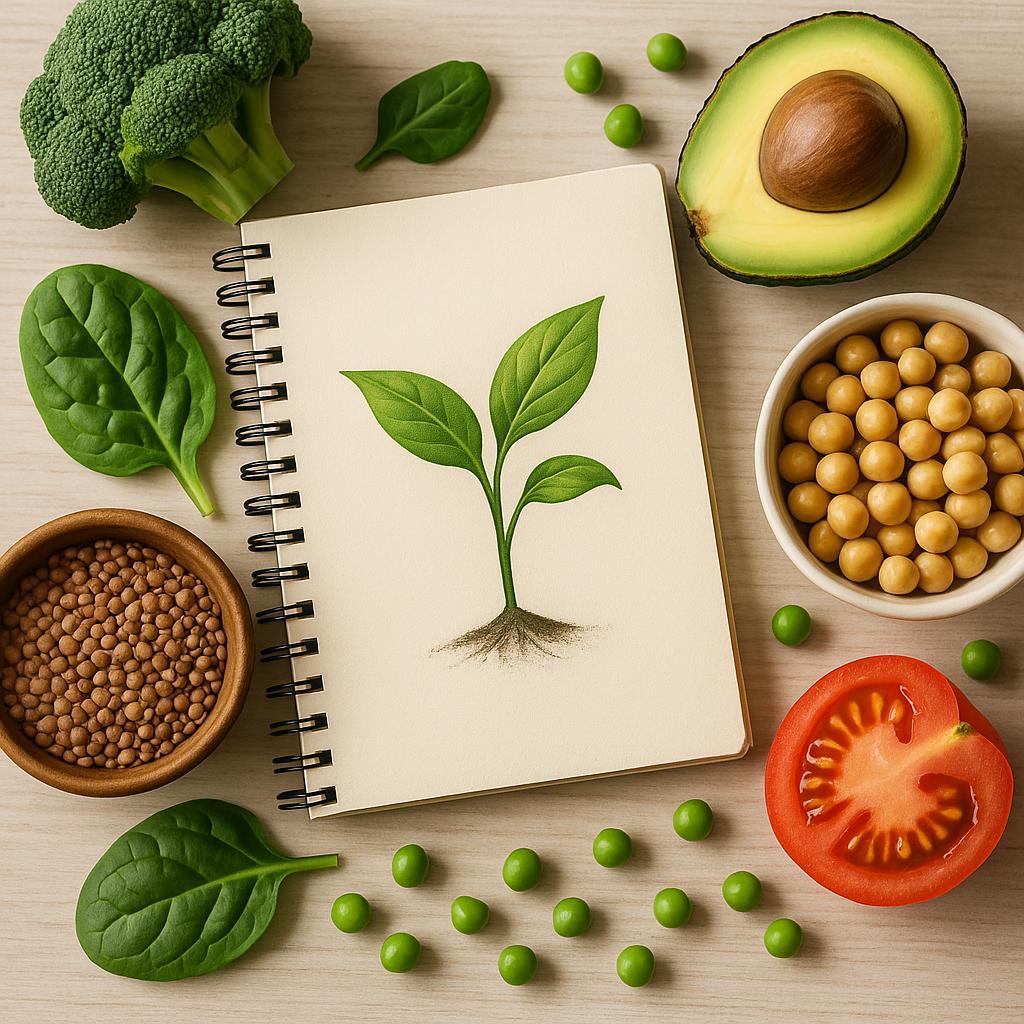Optimized High-Protein Meal Plan for Muscle Growth

If sweat is the stimulus, protein is the signal that tells your body to build. This optimized high-protein meal plan is designed to translate training into lean mass by aligning what you eat with how you lift-without gimmicks or guesswork. Expect a clear, practical framework that prioritizes total daily protein, smart meal timing, and foods you can prep consistently. Use it as a flexible blueprint you can scale to your body, schedule, and goals, then fine-tune as your progress unfolds. Let’s set the table for growth.
Table of Contents
- Master your protein timing for faster muscle gains
- Build a flexible meal blueprint that keeps variety and hits your macros
- Budget friendly high protein staples that simplify weekly prep
- Nighttime nutrition strategies that boost recovery while you sleep
- Q&A
- To Wrap It Up
Master your protein timing for faster muscle gains
Think in “boluses,” not grazes. Muscle protein synthesis (MPS) peaks when you hit a leucine-rich dose, then goes refractory for a few hours. Distribute 1.6-2.2 g protein/kg bodyweight/day across 4-5 feedings spaced 3-4 hours apart, aiming for 0.3-0.4 g/kg per meal (typically 25-40 g), each delivering 2-3 g leucine. Around training, use fast proteins and clear targets: a pre-lift meal or shake with 20-30 g rapidly digested protein about 60-90 minutes before, and a post-lift dose of 0.3-0.5 g/kg within 2 hours. Carbs can assist performance and glycogen, but insulin alone doesn’t amplify MPS if protein is sufficient; dietary fat doesn’t blunt MPS in a mixed meal. Prioritize high-quality options like whey, dairy, eggs, lean meats, or a pea-rice blend; if vegan choices fall short on leucine, add 2-3 g supplemental leucine to hit the threshold.
Use digestion speed to your advantage throughout the day. Make breakfast and lunch complete, leucine-robust meals; take a light, easily digested pre-workout dose if your last meal was >3 hours ago; and follow training with a substantial protein anchor. Before sleep, support overnight recovery with 30-40 g casein (thick yogurt, cottage cheese, or micellar casein), or 40-50 g mixed plant protein if dairy-free. Older lifters or those in a calorie deficit benefit from the higher end of per-meal dosing (0.4-0.6 g/kg) to offset anabolic resistance. A sample cadence might look like: 7:00 a.m. 35 g, 12:00 p.m. 35 g, 3:30 p.m. 25 g pre-lift, 5:30 p.m. 35 g post-lift, 10:00 p.m. 35-40 g slow protein. Keep hydration high, creatine consistent (3-5 g/day), and remember: timing refines results, but total daily protein and progressive overload still drive the majority of your muscle gain.
Build a flexible meal blueprint that keeps variety and hits your macros
Set clear guardrails, then let variety do the heavy lifting: aim for a 5-10% calorie surplus, target 1.6-2.2 g/kg protein, 0.6-1.0 g/kg fats, and fill the rest with carbs. Distribute across 3-5 meals with 30-45 g protein each, 30-80 g carbs bracketing training, and 10-20 g fats per plate (lighter fats within 2-3 hours of the workout). Use a four-part template so flavor changes don’t break your numbers: Protein Anchor (1-2 palms lean meat, fish, eggs, dairy, tofu; ~30-60 g protein), Carb Throttle (0.5-2 cupped hands rice, potatoes, pasta, fruit; ~20-100 g carbs based on session load), Fat Accent (0.5-1 thumb oils, nuts, avocado; ~5-12 g fat), and Color + Fiber (1-2 fists veg for volume and micros). One palm ≈ 25-30 g protein; one cupped hand ≈ 25-30 g carbs; one thumb ≈ 10-12 g fat. If you train in the evening, push more carbs to lunch and dinner; on rest days, drop one carb cup and add a fist of veg; if scale trend climbs >0.25-0.5% bodyweight per week, remove half a carb cup from two meals; if it stalls for two weeks, add half a carb cup post‑workout.
Build a modular pantry and batch bases once, then rotate flavors to keep meals fresh while macros stay locked: grill chicken thighs and shrimp, bake salmon, brown 96% beef or crumbled tempeh, cook jasmine rice and sweet potatoes, and pre‑chop cabbage, peppers, and greens. Change the vibe with sauces-chimichurri, gochujang‑yogurt, tahini‑lemon, salsa verde, peanut‑lime-so the same template tastes new. Fast builds with approximate macros: salmon (1 palm) + quinoa (1 cupped hand) + broccoli (1 fist) + tahini (1/2 thumb) ≈ 35P/45C/12F; extra‑lean turkey chili (1.5 palms beans/meat) over baked potato (1 cupped hand) with Greek yogurt (1/2 palm) ≈ 45P/55C/10F; tofu stir‑fry (1.5 palms) with jasmine rice (1-1.5 cupped hands) and cashew crumble (1/2 thumb) ≈ 40P/60-75C/12F. Snack anchors stay macro‑aware: skyr + berries + almond butter (25P/30C/10F), whey + banana (30P/30C), edamame + rice crackers (20P/25C/6F). Track daily protein and total calories most days, then course‑correct weekly: if hunger is high and recovery lags, move one fat thumb to carbs around training; if sluggish, trade a carb cup for extra veg and lean protein. Same template, infinite flavors.
Budget friendly high protein staples that simplify weekly prep
Stretch your budget without skimping on protein by leaning on versatile staples you can buy in bulk and cycle all month. Prioritize eggs (6 g each; bake into frittatas or boil by the dozen), dry lentils (about 18 g per cooked cup; no soaking, cook in 20 minutes), canned tuna or sardines (20-23 g per can; water-packed, shelf-stable), chicken thighs (cheaper than breasts; ~26 g per 4 oz cooked), and store-brand Greek yogurt in 32 oz tubs (17-20 g per 170 g serving). Add plant-centered anchors like firm tofu (14-18 g per 3.5 oz; press once, season endlessly), tempeh (~20 g per 100 g), TVP (textured vegetable protein; rehydrates fast, ~12 g per 1/4 cup dry), and frozen edamame (~17 g per cup). Keep canned beans on hand (7-9 g per 1/2 cup; rinse to cut sodium) and cottage cheese (12-14 g per 1/2 cup; doubles as a creamy base). Shop sales, choose store brands, and favor frozen or canned to prevent waste; most of these keep for weeks, and cooked portions freeze well for up to 3 months.
Streamline prep with a one-hour “protein block” that produces 8-12 mix-and-match servings. Roast a sheet pan of chicken thighs at 425°F with a basic salt-pepper-garlic rub; pressure-cook a pound of lentils with broth and bay leaf; press and cube tofu, toss in cornstarch and soy, and bake until crisp; hard-boil a carton of eggs; portion Greek yogurt or cottage cheese into grab-and-go cups. Build a simple flavor matrix-yogurt-herb, chipotle-lime, and ginger-soy-so one base protein wears several “outfits” across the week. Aim for 30-40 g protein per meal by pairing items: 5 oz roasted thighs + 1/2 cup lentils; a can of tuna mixed with yogurt on whole-grain wraps; baked tofu over rice with edamame; cottage cheese bowls with fruit and seeds. Label portions by grams of protein, not just weight, and keep two sauces in the fridge with one in the freezer to rotate flavors without extra work.
Nighttime nutrition strategies that boost recovery while you sleep
Front-load overnight repair by anchoring your pre-sleep snack around 30-50 g of protein (≈0.4 g/kg), prioritizing slow-digesting sources to drip-feed amino acids through the night. Micellar casein, low-fat cottage cheese, or strained Greek yogurt work best; hit the leucine threshold (~2.5-3 g) with ~35-40 g casein, or blend 25-30 g casein + 10-15 g whey if you need a leucine bump. Pair with 20-40 g easy-to-digest carbs (ripe banana, cooked oats, rice cakes, or a little honey) to nudge glycogen and calm nighttime cortisol, plus 10-15 g fat to steady absorption without slowing digestion too much. Time a solid snack 60-90 minutes pre-bed; a shake can be 15-30 minutes before lights out. Keep it gut-friendly: limit very high fiber, very spicy foods, heavy alcohol, and large fluid loads. Simple example: 250 g low-fat cottage cheese + 1 small banana + 1 tsp honey + 1 tbsp almond butter + cinnamon + pinch of salt-sleep-friendly, high in casein, and balanced for stable overnight delivery.
Layer in recovery amplifiers without sabotaging sleep quality. Finish most fluids 60-90 minutes before bed; if you trained hard or sweat heavily, include electrolytes at dinner and keep the pre-sleep beverage to 300-400 ml to reduce wake-ups. Optional, evidence-aligned add-ons: 3-5 g creatine with your snack (timing-flexible, steady compliance matters), 3 g glycine for relaxation, and 200-300 mg magnesium glycinate if it sits well with you. For soreness and sleep support, take 8-12 oz tart cherry juice about an hour pre-bed or swap in two kiwifruit if you prefer whole food. A late-session “sleep smoothie” that digests cleanly: 250 ml kefir or lactose-free milk + 30-35 g micellar casein + 1 tsp honey + ½ banana + ice. Cutting? Keep the snack to ~300 kcal and choose 0-2% dairy; bulking or high-volume training days can push to ~450 kcal and the upper end of carbs. The goal is consistent, slow-release protein with just enough carbs and fat to steady energy-so muscles rebuild while you do nothing at all.
Q&A
How much protein do I actually need for muscle growth, and how should I split it across the day?
Aim for 1.6-2.2 g of protein per kilogram of body weight daily, split into 3-5 meals. Target roughly 0.4-0.55 g/kg per meal to hit the “muscle-protein-synthesis sweet spot,” ideally with 2-3 g of leucine per meal from sources like whey, eggs, dairy, soy, or a blend of legumes and grains. Example: at 80 kg, that’s about 130-175 g/day, or 30-45 g per meal. A pre-sleep serving of 30-40 g slow-digesting protein (e.g., casein, Greek yogurt) can further support overnight recovery.
What should my pre- and post-workout meals look like for best results?
About 60-120 minutes before training, eat 25-40 g protein plus 30-90 g carbs with minimal fat and fiber to keep digestion smooth (e.g., yogurt with honey and a banana, or chicken and rice). After training, consume ~0.3 g/kg protein and 0.5-1.0 g/kg carbs within 2 hours to replenish glycogen and stimulate muscle repair; if your next full meal is far off, a 20-30 g protein shake within 30 minutes is a simple bridge. Hydrate with 500-750 ml fluid, and include sodium (300-600 mg) if you sweat heavily or train in heat.
Can a high-protein plan be plant-based and still optimal?
Yes-prioritize higher-quality plant proteins and smart combinations. Center meals around soy foods (tofu, tempeh, soy milk), seitan, mycoprotein, pea-rice blends, and legume-grain pairs to improve amino acid balance. Plant-based athletes often do best at 1.8-2.4 g/kg/day to account for lower protein density and digestibility. Aim for 30-50 g protein per meal and ensure leucine (~2-3 g) by using soy, pea-rice blends, or adding 5-10 g essential amino acids when a meal is light on leucine. Add vitamin B12 and iron-rich foods, and manage fiber by cooking legumes well if digestion is an issue.
How do I set carbs and fats in a muscle-focused plan without gaining excess fat?
Start with a small calorie surplus of 5-15% above maintenance and adjust weekly. A good pace is gaining 0.25-0.5% of body weight per week. After setting protein, allocate carbs at roughly 3-6 g/kg (higher with more training volume) and fats at 0.6-1.0 g/kg to support hormones and satiety. If you’re stalling on strength or feeling flat, increase carbs; if you’re hungry and gaining too slowly, add fats; if you’re gaining too fast, pull back 150-250 kcal/day and reassess after 1-2 weeks.
What are practical meal-prep strategies to hit high protein every day?
Batch-cook protein anchors (chicken, lean beef, tofu, seitan, lentils) and portion them into 30-40 g protein servings. Keep fast “protein plugs” on hand: whey or plant protein powder, Greek yogurt, cottage cheese, canned tuna/salmon, edamame, egg bites. Build meals by adding a carb base (rice, potatoes, wraps) and quick veggies. Label portions, rotate seasonings/sauces for variety, and stock a travel kit (shaker, single-serve protein, jerky, nuts) for on-the-go coverage. A consistent breakfast and post-workout routine reduces decision fatigue and missed targets.
Do I need supplements, and which ones actually help?
They’re optional but can be convenient. Whey or a high-quality plant blend helps you hit daily targets; casein is handy before bed. Creatine monohydrate (3-5 g daily, anytime) reliably boosts strength and lean mass over time. Caffeine (1.5-3 mg/kg pre-workout) can enhance performance if tolerated. Fish oil (1-2 g EPA+DHA/day) and vitamin D (if deficient) support general health. If your total daily protein is adequate, BCAAs add little; spend on whole foods and proven basics first.
To Wrap It Up
You now have a clear blueprint-portion targets, timing cues, and flexible swaps-that turns muscle-building principles into meals you can repeat without guesswork. You know when to prioritize protein and how to balance carbs and fats so training feels strong and recovery stays on track. Start small: set tomorrow’s protein goal, choose two go‑to meals, and prep one staple tonight. Consistency, not perfection, will do the heavy lifting; plate by plate, your effort compounds.

